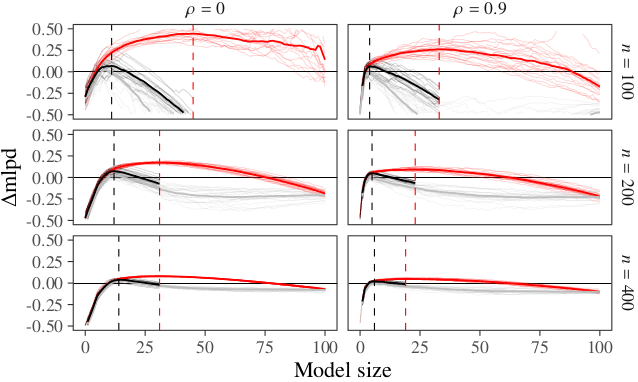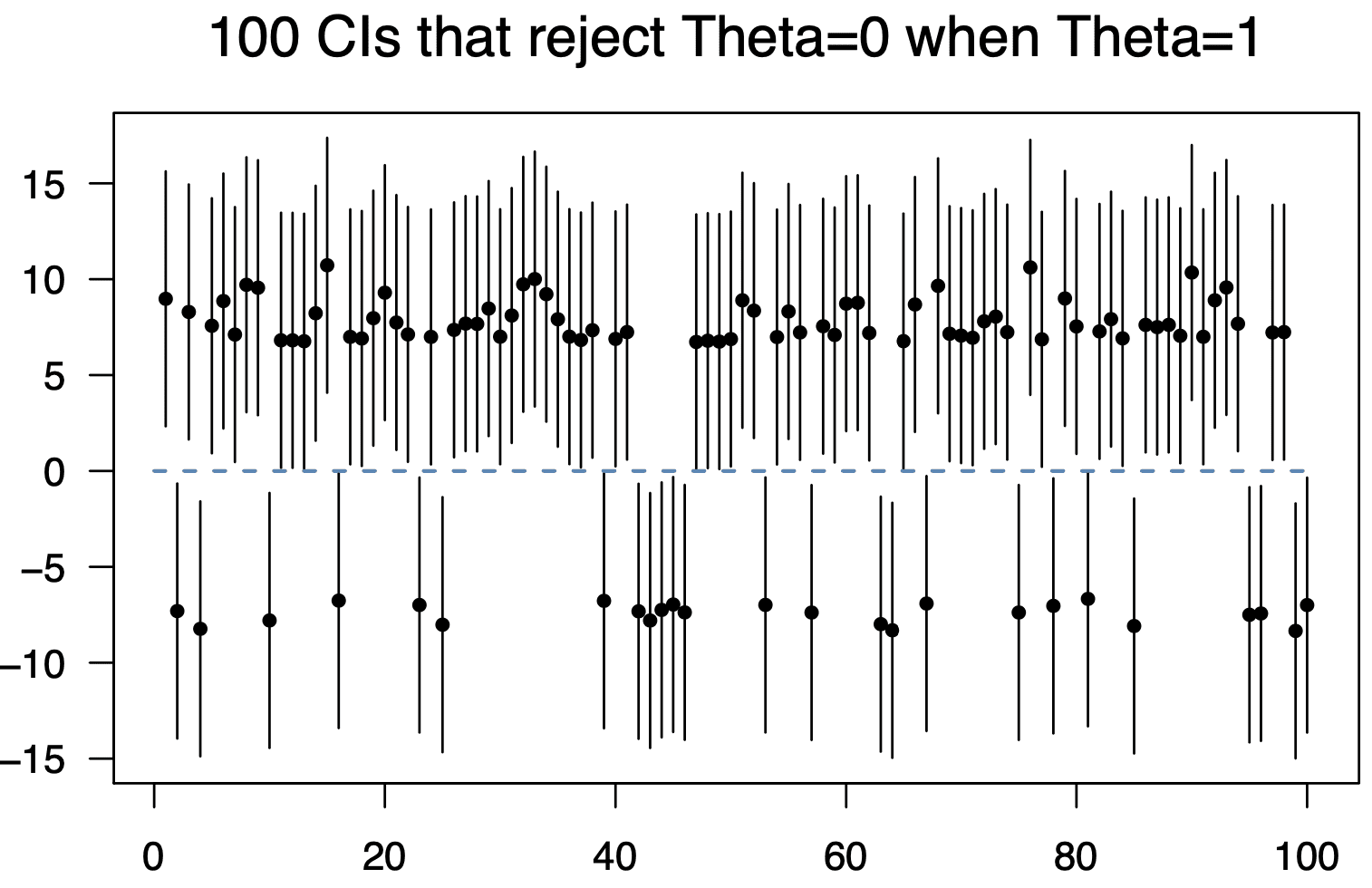The prior
Paul Campos posted something on the ages of the expected major-party candidates for next year’s presidential election:
Joe Biden is old. Donald Trump is also old. A legitimate concern about old people in important positions is that they are or may become cognitively impaired (For example, the prevalence of dementia doubles every five years from age 65 onward, which means that on average an 80-year-old is is eight times more likely to have dementia than a 65 year old).
Those are the baseline probabilities, which is one reason that Nate Silver wrote:
Of course Biden’s age is a legitimate voter concern. So is Trump’s, but an extra four years makes a difference . . . The 3.6-year age difference between Biden and Trump is potentially meaningful, at least based on broad population-level statistics. . . . The late 70s and early 80s are a period when medical problems often get much worse for the typical American man.
Silver also addressed public opinion:
An AP-NORC poll published last week found that 77 percent of American adults think President Biden is “too old to be effective for four more years”; 51 percent of respondents said the same of Donald Trump. . . . the differences can’t entirely be chalked up to partisanship — 74 percent of independents also said that Biden was too old, while just 48 percent said that of Trump.
The likelihood
OK, those are the base rates. What about the specifics of this case? Nate compares to other politicians but doesn’t offer anything about Biden or Trump specifically.
Campos writes:
Recently, Trump has been saying things that suggest he’s becoming deeply confused about some very basic and simple facts. For example, this weekend he gave a speech in which he seemed to be under the impression that Jeb Bush had as president launched the second Iraq war . . . In a speech on Friday, Trump claimed he defeated Barack Obama in the 2016 presidential election. . . . Trump also has a family history of dementia, which is a significant risk factor in terms of developing it himself.
Campos notes that Biden’s made his own slip-ups (“for example he claimed recently that he was at the 9/11 Twin Towers site the day after the attack, when in fact it was nine days later”) and summarizes:
I think it’s silly to deny that Biden’s age isn’t a legitimate concern in the abstract. Yet based on the currently available evidence, Trump’s age is, given his recent ramblings, a bigger concern.
It’s hard to know. A quick google turned up this:
On July 21, 2021, during a CNN town hall, President Joe Biden was asked when children under 12 would be able to get COVID-19 vaccinations. Here’s the start of his answer to anchor Don Lemon: “That’s under way just like the other question that’s illogical, and I’ve heard you speak about it because y’all, I’m not being solicitous, but you’re always straight up about what you’re doing. And the question is whether or not we should be in a position where you uh um, are why can’t the, the, the experts say we know that this virus is in fact uh um uh is, is going to be, excuse me.”
On June 18, after Biden repeatedly confused Libya and Syria in a news conference, The Washington Post ran a long story about 14 GOP lawmakers who asked Biden to take a cognitive test. The story did not note any of the examples of Biden’s incoherence and focused on, yes, Democrats’ concerns about Trump’s mental health.
And then there’s this, from a different news article:
Biden has also had to deal with some misinformation, including the false claim that he fell asleep during a memorial for the Maui wildfire victims. Conservatives — including Fox News host Sean Hannity — circulated a low-quality video on social media to push the claim, even though a clearer version of the moment showed that the president simply looked down for about 10 seconds.
There’s a lot out there on the internet. One of the difficulties with thinking about Trump’s cognitive capacities is that he’s been saying crazy things for years, so when he responds to a question about the Russia-Ukraine war by talking about windmills, that’s compared not to a normal politician but with various false and irrelevant things he’s been saying for years.
I’m not going to try to assess or summarize the evidence regarding Biden’s or Trump’s cognitive abilities—it’s just too difficult given that all we have is anecdotal evidence. Both often seem disconnected from the moment, compared to previous presidents. And, yes, continually being in the public eye can expose weaknesses. And Trump’s statements have been disconnected from reality for so long, that this seems separate from dementia even if it could have similar effects from a policy perspective.
Combining the prior and the likelihood
When comparing Biden and Trump regarding cognitive decline, we have three pieces of information:
1. Age. This is what I’m calling the base rate, or prior. Based on the numbers above, someone of Biden’s age is about 1.6 times more likely to get dementia than someone of Trump’s age.
2. Medical and family history. This seems less clear, but from the above information it seems that someone with Trump’s history is more at risk of dementia than someone with Biden’s.
3. Direct observation. Just so hard to compare. That’s why there are expert evaluations, but it’s not like a bunch of experts are gonna be given access to evaluate the president and his challenger.
This seems like a case where data source 3 should have much more evidence than 1 and 2. (It’s hard for me to evaluate 1 vs. 2; my quick guess would be that they are roughly equally relevant.) But it’s hard to know what to do with 3, given that no systematic data have been collected.
This raises an interesting statistical point, which is how to combine the different sources of information. Nate Silver looks at item 1 and pretty much sets aside items 2 and 3. In contrast, Paul Campos says that 1 and 2 pretty much cancel and that the evidence from item 3 is strong.
I’m not sure what’s the right way to look at this problem. I respect Silver’s decision not to touch item 3 (“As of what to make of Biden and Trump in particular — look, I have my judgments and you have yours. Cognitively, they both seem considerably less sharp to me than they did in their primes”); on the other hand, there seems to be so much direct evidence, that I’d think it would overwhelm a base rate odds of 1.6.
News media reporting
The other issue is news media coverage. Silver argues that the news media should be spending more time discussing the statistical probability of dementia or death as a function of age, in the context of Biden and Trump, and one of his arguments is that voters are correct to be more concerned about the health of the older man.
Campos offers a different take:
Nevertheless, Biden’s age is harped on ceaselessly by the media, while Trump apparently needs to pull a lampshade over his head and start talking about how people used to wear onions on their belts before the same media will even begin to talk about the exact same issue in regard to him, and one that, given his recent behavior, seems much more salient as a practical matter.
From Campos’s perspective, voters’ impressions are a product of news media coverage.
But on the internet you can always find another take, such as this from Roll Call magazine, which quotes a retired Democratic political consultant as saying, “the mainstream media has performed a skillful dance around the issue of President Biden’s age. . . . So far, it is kid gloves coverage for President Biden.” On the other hand, the article also says, “Then there’s Trump, who this week continued his eyebrow-raising diatribes on his social media platform after recently appearing unable, at times, to communicate complete thoughts during a Fox News interview.”
News coverage in 2020
I recall that age was discussed a lot in the news media during the 2020 primaries, where Biden and Sanders were running against several much younger opponents. It didn’t come up so much in the 2020 general election because (a) Trump is almost as old as Biden, and (b) Trump had acted so erratically as president that it was hard to line up his actual statements and behaviors with a more theoretical, actuarial-based risk based on Biden’s age.
Statistical summary
Comparing Biden and Trump, it’s not clear what to do with the masses of anecdotal data; on the other hand, it doesn’t seem quite right to toss all that out and just go with the relatively weak information from the base rates.
I guess this happens a lot in decision problems. You have some highly relevant information that is hard to quantify, along with some weaker, but quantifiable statistics. In their work on cognitive illusions, Tversky and Kahneman noted the fallacy of people ignoring base rates, but there can be the opposite problem of holding on to base rates too tightly, what we’ve called slowness to update. In general, we seem to have difficulty balancing multiple pieces of information.
P.S. Some discussion in comments about links between age and dementia, or diminished mental capacities, also some discussion about evidence for Trump’s and Biden’s problems. The challenge remains of how to put these two pieces of information together. I find it very difficult to think about this sort of question where the available data are clearly relevant yet have such huge problems with selection. There’s a temptation to fall back on base rates but that doesn’t seem right to me either.
P.P.S. I emailed Campos and Silver regarding this post. Campos followed up here. I didn’t hear back from Silver, but I might not have his current email, so if anyone has that, could you please send it to me? Thanks.
![]() , one model
, one model ![]() with parameters
with parameters ![]() and a second model
and a second model ![]() with parameters
with parameters ![]()
![]()
![]()
![]()
![]() and
and ![]() are known as prior predictive distributions because they integrate the likelihood over the prior.
are known as prior predictive distributions because they integrate the likelihood over the prior.![]() into two pieces,
into two pieces, ![]() and then training on
and then training on ![]() and testing on
and testing on ![]() . The held out validation values are
. The held out validation values are![]()
![]()
![]() and
and ![]() are known as posterior predictive distributions because they integrate the likelihood over the posterior from earlier training data.
are known as posterior predictive distributions because they integrate the likelihood over the posterior from earlier training data.![]() . Leave-one-out cross validation works by successively taking
. Leave-one-out cross validation works by successively taking ![]() and
and ![]() and then averaging on the log scale.
and then averaging on the log scale.![]()
![]()


